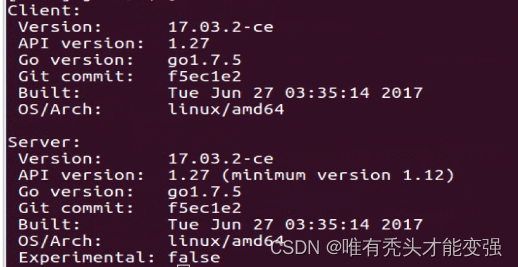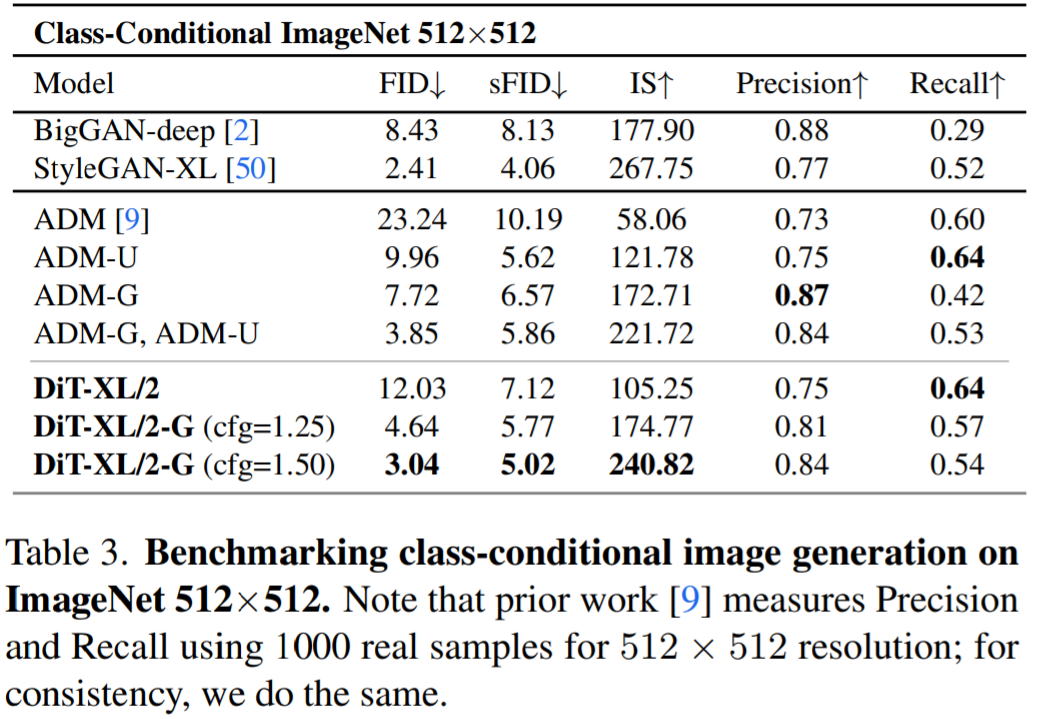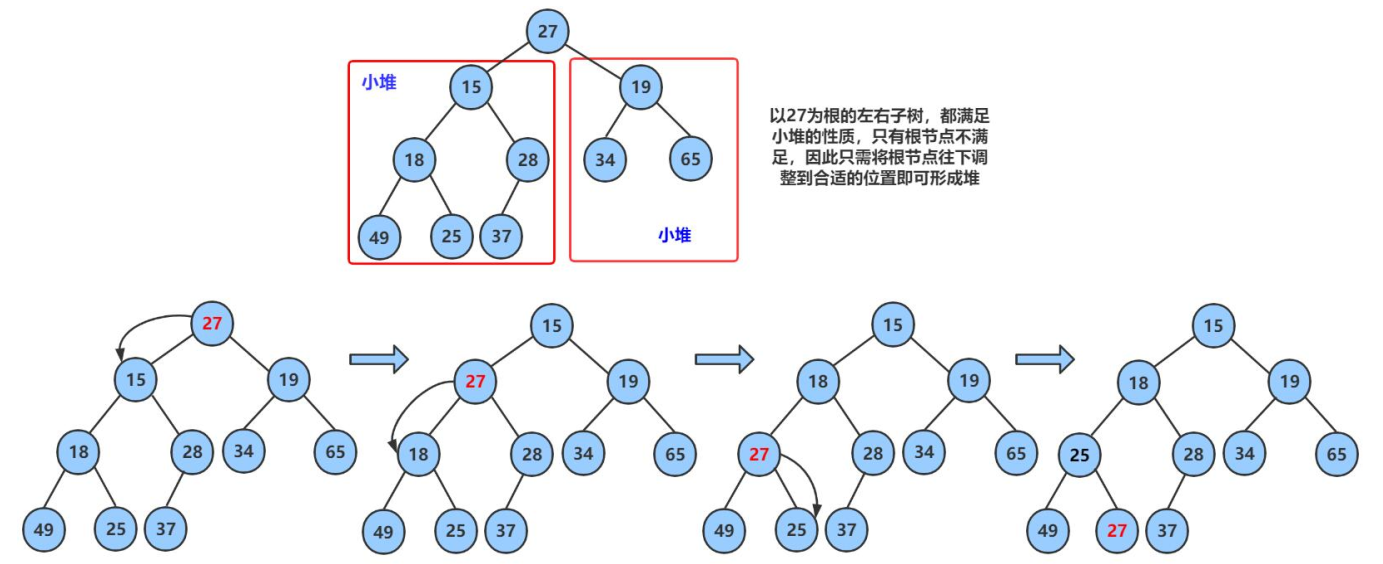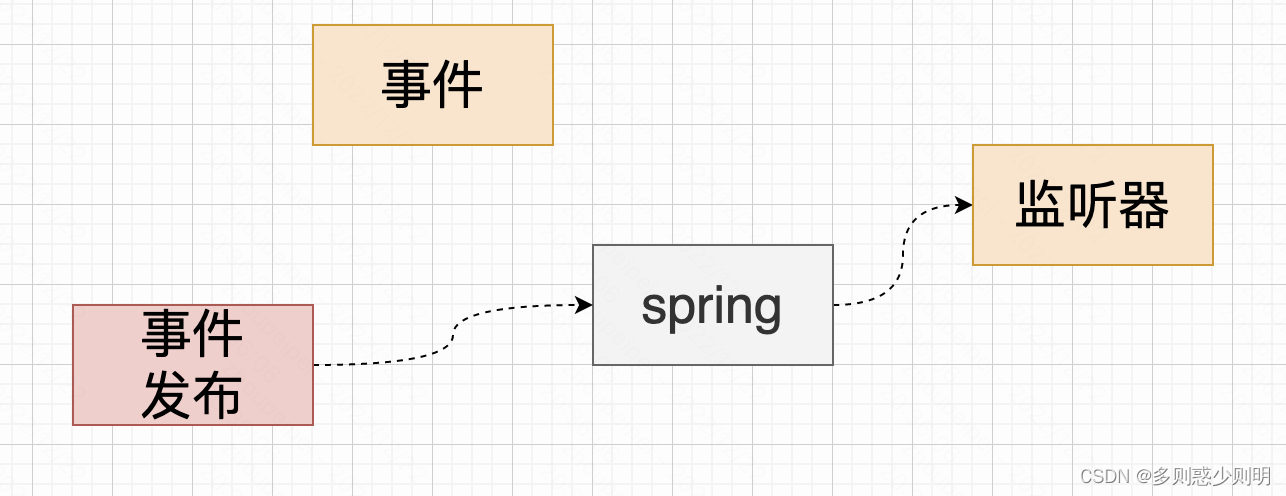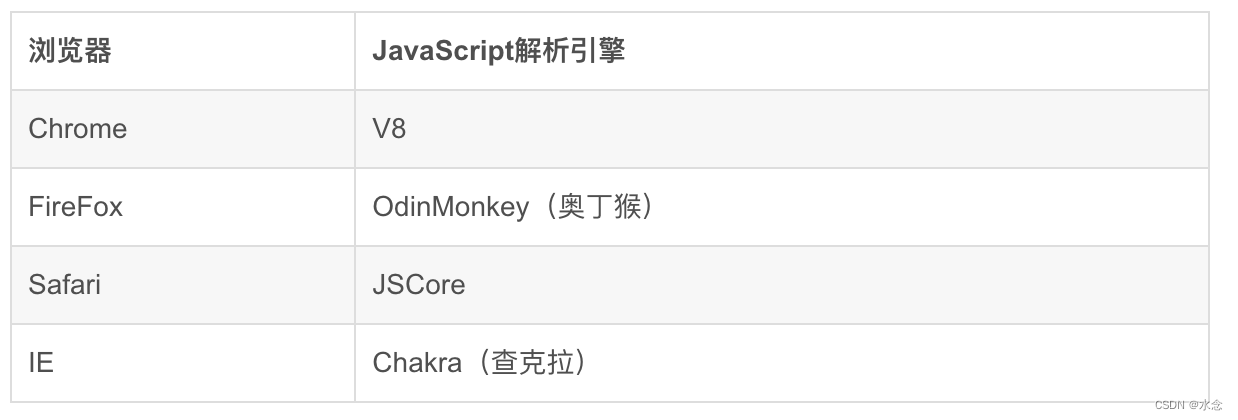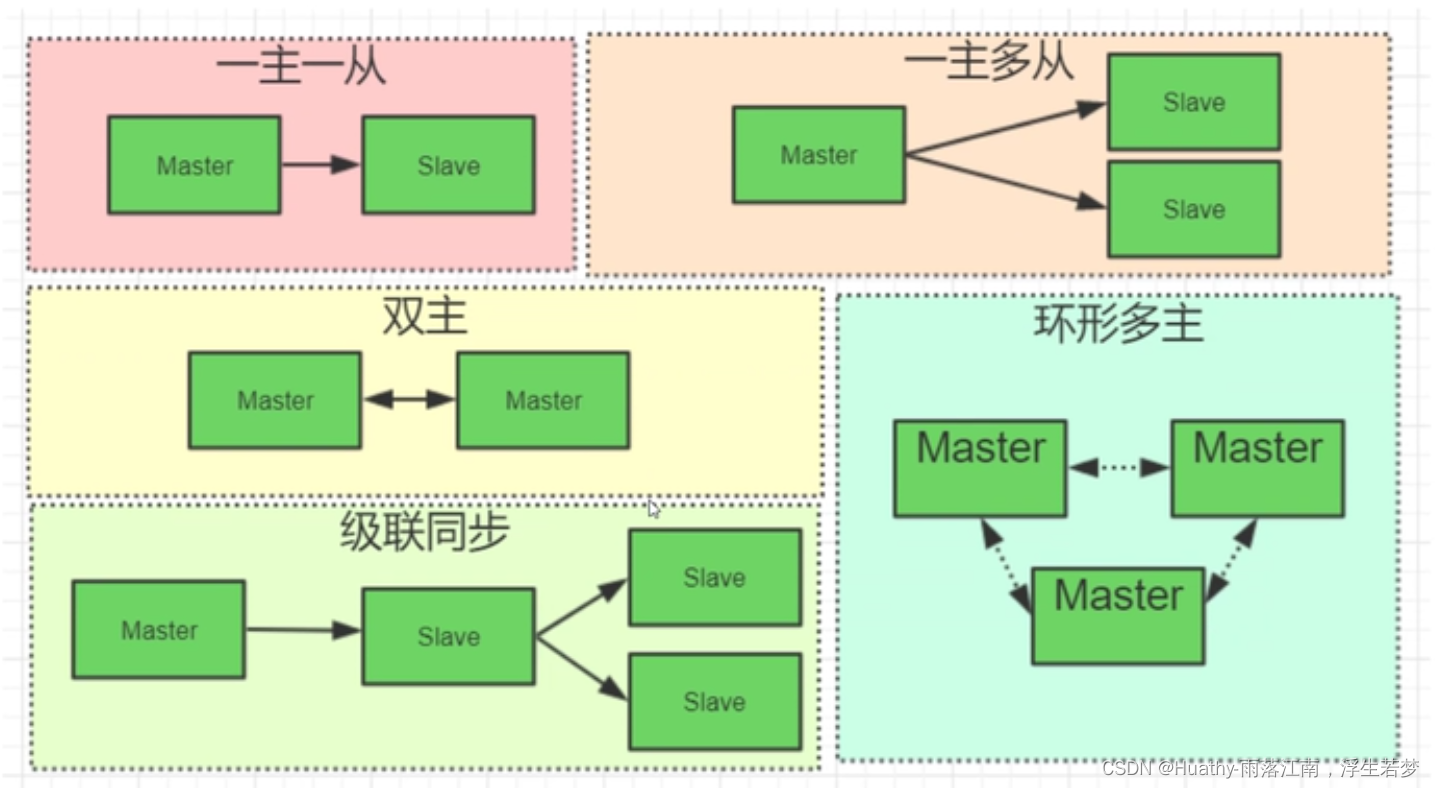主要是我自己刷题的一些记录过程。如果有错可以指出哦,大家一起进步。
转载代码随想录
原文链接:
代码随想录
leetcode链接:
104. 二叉树的最大深度
559.n叉树的最大深度
104.二叉树的最大深度
题目:
给定一个二叉树,找出其最大深度。
二叉树的深度为根节点到最远叶子节点的最长路径上的节点数。
说明: 叶子节点是指没有子节点的节点。
示例:
示例:
给定二叉树 [3,9,20,null,null,15,7],
3
/ \
9 20
/ \
15 7
返回它的最大深度 3 。
思路:
看完本篇可以一起做了如下两道题目:
- 104.二叉树的最大深度
- 559.n叉树的最大深度
递归法
本题可以使用前序(中左右),也可以使用后序遍历(左右中),使用前序求的就是深度,使用后序求的是高度。
二叉树节点的深度:指从根节点到该节点的最长简单路径边的条数或者节点数(取决于深度从0开始还是从1开始)
二叉树节点的高度:指从该节点到叶子节点的最长简单路径边的条数后者节点数(取决于高度从0开始还是从1开始)
而根节点的高度就是二叉树的最大深度,所以本题中我们通过后序求的根节点高度来求的二叉树最大深度。
这一点其实是很多同学没有想清楚的,很多题解同样没有讲清楚。
我先用后序遍历(左右中)来计算树的高度。
确定递归函数的参数和返回值:参数就是传入树的根节点,返回就返回这棵树的深度,所以返回值为int类型。
代码如下:
int getdepth(treenode* node)
确定终止条件:如果为空节点的话,就返回0,表示高度为0。
代码如下:
if (node == NULL) return 0;
确定单层递归的逻辑:先求它的左子树的深度,再求右子树的深度,最后取左右深度最大的数值 再+1 (加1是因为算上当前中间节点)就是目前节点为根节点的树的深度。
代码如下:
int leftdepth = getdepth(node->left); // 左
int rightdepth = getdepth(node->right); // 右
int depth = 1 + max(leftdepth, rightdepth); // 中
return depth;
所以整体c++代码如下:
class solution {
public:
int getdepth(treenode* node) {
if (node == NULL) return 0;
int leftdepth = getdepth(node->left); // 左
int rightdepth = getdepth(node->right); // 右
int depth = 1 + max(leftdepth, rightdepth); // 中
return depth;
}
int maxdepth(treenode* root) {
return getdepth(root);
}
};
代码精简之后c++代码如下:
class solution {
public:
int maxdepth(treenode* root) {
if (root == null) return 0;
return 1 + max(maxdepth(root->left), maxdepth(root->right));
}
};
精简之后的代码根本看不出是哪种遍历方式,也看不出递归三部曲的步骤,所以如果对二叉树的操作还不熟练,尽量不要直接照着精简代码来学。
本题当然也可以使用前序,代码如下:(充分表现出求深度回溯的过程)
class solution {
public:
int result;
void getdepth(treenode* node, int depth) {
result = depth > result ? depth : result; // 中
if (node->left == NULL && node->right == NULL) return ;
if (node->left) { // 左
depth++; // 深度+1
getdepth(node->left, depth);
depth--; // 回溯,深度-1
}
if (node->right) { // 右
depth++; // 深度+1
getdepth(node->right, depth);
depth--; // 回溯,深度-1
}
return ;
}
int maxdepth(treenode* root) {
result = 0;
if (root == NULL) return result;
getdepth(root, 1);
return result;
}
};
可以看出使用了前序(中左右)的遍历顺序,这才是真正求深度的逻辑!
注意以上代码是为了把细节体现出来,简化一下代码如下:
class solution {
public:
int result;
void getdepth(treenode* node, int depth) {
result = depth > result ? depth : result; // 中
if (node->left == NULL && node->right == NULL) return ;
if (node->left) { // 左
getdepth(node->left, depth + 1);
}
if (node->right) { // 右
getdepth(node->right, depth + 1);
}
return ;
}
int maxdepth(treenode* root) {
result = 0;
if (root == 0) return result;
getdepth(root, 1);
return result;
}
};
迭代法
使用迭代法的话,使用层序遍历是最为合适的**,因为最大的深度就是二叉树的层数**,和层序遍历的方式极其吻合。
在二叉树中,一层一层的来遍历二叉树,记录一下遍历的层数就是二叉树的深度,如图所示:
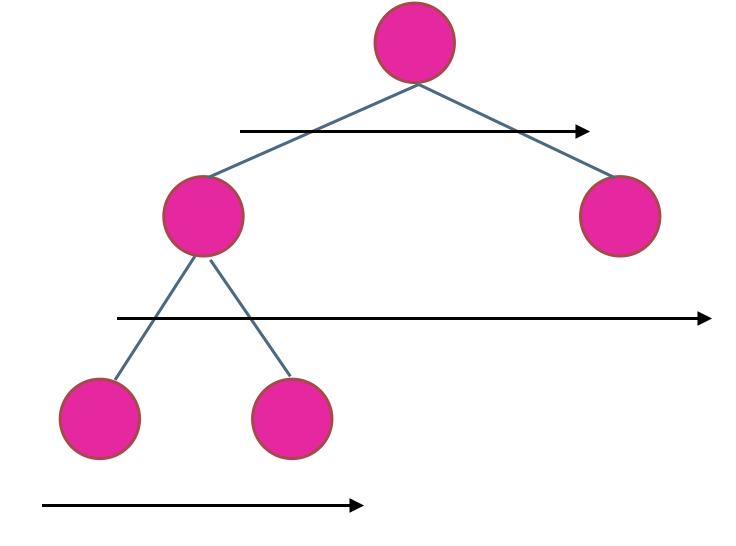
所以这道题的迭代法就是一道模板题,可以使用二叉树层序遍历的模板来解决的。
c++代码如下:
class solution {
public:
int maxdepth(treenode* root) {
if (root == NULL) return 0;
int depth = 0;
queue<treenode*> que;
que.push(root);
while(!que.empty()) {
int size = que.size();
depth++; // 记录深度
for (int i = 0; i < size; i++) {
treenode* node = que.front();
que.pop();
if (node->left) que.push(node->left);
if (node->right) que.push(node->right);
}
}
return depth;
}
};
那么我们可以顺便解决一下n叉树的最大深度问题
自己的代码
我自己这个其实是深度优先搜索的套路吧,只需要一个数值记录最大深度,然后用每一层的深度去和他做比较,保留最大深度就好了
class Solution {
public:
void dfs(TreeNode* node, int depth, int& maxdepth) {
if (!node) return;
maxdepth = max(maxdepth, depth); //最大深度和当前深度比 取最大
if(node->left) dfs(node->left, depth+1, maxdepth);
if (node->right) dfs(node->right, depth + 1, maxdepth);
}
int maxDepth(TreeNode* root) {
if (!root) return 0;
int depth = 1;
int maxdepth = 1;
dfs(root, depth, maxdepth);
return maxdepth;
}
};
559.n叉树的最大深度
题目
给定一个 N 叉树,找到其最大深度。
最大深度是指从根节点到最远叶子节点的最长路径上的节点总数。
N 叉树输入按层序遍历序列化表示,每组子节点由空值分隔(请参见示例)。
示例
示例 1:
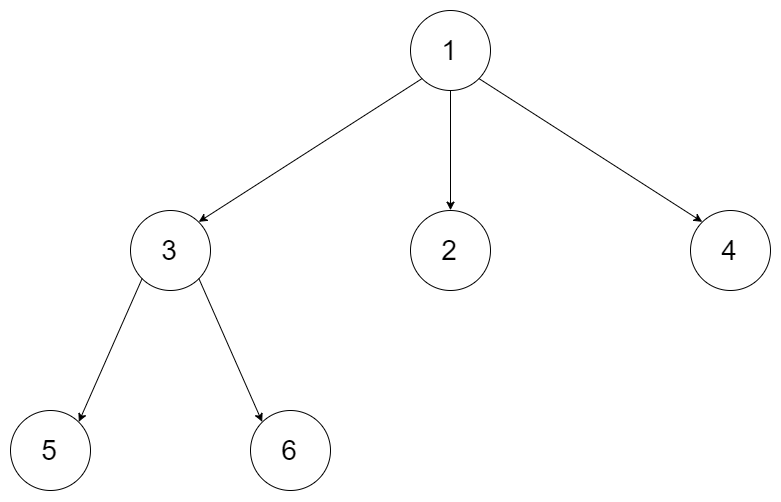
输入:root = [1,null,3,2,4,null,5,6]
输出:3
示例 2:
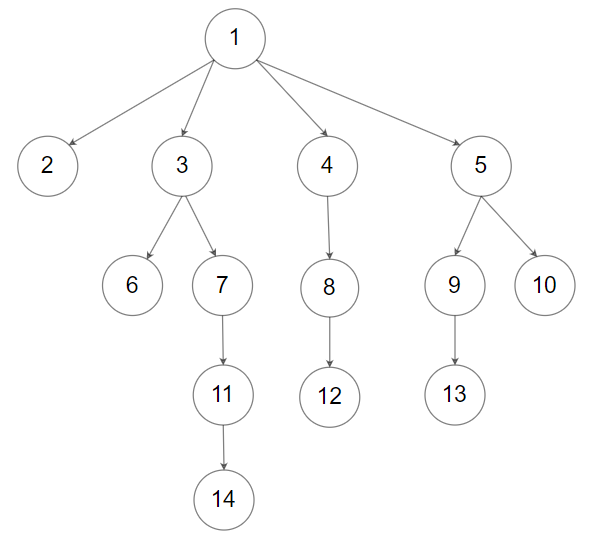
输入:root = [1,null,2,3,4,5,null,null,6,7,null,8,null,9,10,null,null,11,null,12,null,13,null,null,14]
输出:5
提示
树的深度不会超过 1000 。
树的节点数目位于 [0, 104] 之间。
思路:
依然可以提供递归法和迭代法,来解决这个问题,思路是和二叉树思路一样的,直接给出代码如下:
递归法
c++代码:
class solution {
public:
int maxdepth(node* root) {
if (root == 0) return 0;
int depth = 0;
for (int i = 0; i < root->children.size(); i++) {
depth = max (depth, maxdepth(root->children[i]));
}
return depth + 1;
}
};
迭代法
依然是层序遍历,代码如下:
class solution {
public:
int maxdepth(node* root) {
queue<node*> que;
if (root != NULL) que.push(root);
int depth = 0;
while (!que.empty()) {
int size = que.size();
depth++; // 记录深度
for (int i = 0; i < size; i++) {
node* node = que.front();
que.pop();
for (int j = 0; j < node->children.size(); j++) {
if (node->children[j]) que.push(node->children[j]);
}
}
}
return depth;
}
};
自己的代码
思路和上面的递归法差不多,但是有一点点不一样吧。
class Solution {
public:
int getMaxDepth(Node* node){
if(!node) return 0;
if(node->children.size()==0)return 1;
int childrenMaxDepth=getMaxDepth(node->children[0]);
for(int i=1;i<node->children.size();++i){
childrenMaxDepth = max(childrenMaxDepth,getMaxDepth(node->children[i]));
}
return 1 + childrenMaxDepth;
}
int maxDepth(Node* root) {
if(!root) return 0;
return getMaxDepth(root);
}
};

